Only logged in customers who have purchased this product may leave a review.
Chemical Energy Experiments
$1.00
Chemical Energy is released when bonds form in a chemical reaction, often producing heat as a by-product (exothermic reaction).
Here are four experiments for students to perform which display chemical energy! Experiments include:
1. Rusty Heat
2. Easy Endothermic Reaction
3. Classic Mentos Geyser
4. Hot Ice
Related products
-
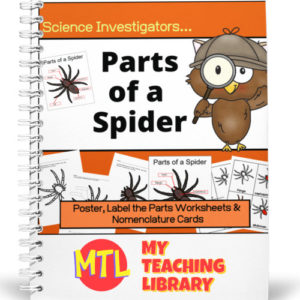 $2.00Buy Now
$2.00Buy NowHelp students learn the parts of a spider with this fun arachnid resource! Students will learn the following parts: eyes, fangs, cephalothorax, abdomen, spinnerets, legs.
Includes:
- – Color poster
- – 2 Worksheets – One for students to write and label, the other to cut and paste.
- – 1 Science Center activity
- – Nomenclature flashcards – Labeled
- – Blank Cards for students to complete
-
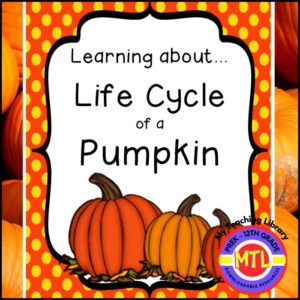 $3.00Buy NowThis unit covers the life cycle of a pumpkin!Includes:
$3.00Buy NowThis unit covers the life cycle of a pumpkin!Includes:-
B/W Life Cycle poster
-
Color Life Cycle poster
-
Word Wall Vocabulary
-
Sequencing cards
-
Life Cycle Worksheet (Cut-n-paste)
-
Life Cycle Vocabulary matching
-
Life Cycle Drawing
-
Life Cycle Shape Book activity
-
(Bonus Coloring page AND Pumpkin Seeds for counting)
-
-
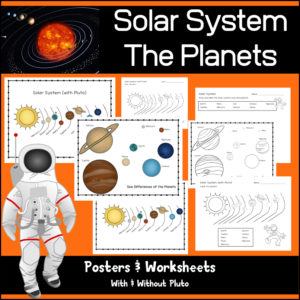 $3.00Buy Now
$3.00Buy NowThis Solar System product will help students learn and reinforce their knowledge of the order of the planets and to be able to visual size differences of the planets! Each color poster has a duplicate b/w poster that can be used as a student handout. There are also worksheets for students to complete (with and without word banks). This resource provides 2 sets of all resources – One which includes the dwarf planet of Pluto and one that does not.
-
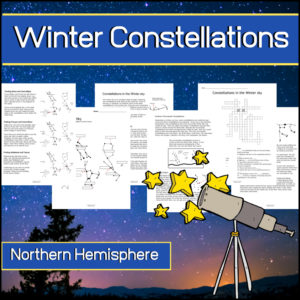 $3.00Buy Now
$3.00Buy NowExplore the Northern Hemisphere’s Winter constellations with this resource! Students will learn…
- What are the major constellations?
- What is the Greek Mythology behind them?
- What major stars will help guide them through the night sky?
- How is Orion the ‘key’ to locating the main constellations?
- What is the name of the North Star, and which constellation is it in?
- What is the brightest star in the sky?
Students will learn about the following constellations:
- Orion
- Canis Major
- Canis Minor
- Gemini
- Auriga
- Pleiades
- Taurus
- Draco
- Ursa
- Major
- Ursa Minor
- Cepheus
- Cassiopeia
They will learn the location of the following stars:
- Pollux
- Castor
- Capella
- Procyon
- Sirius
- Betelgeuse
- Rigel
- Aldebaran
- Capella
- Polaris
They will also learn which constellations are called the Northern Circumpolar constellations PLUS the Greek Mythology behind these major constellations!
Student activity sheets include:
- Fill in the blank (constellation and star names for the ‘Winter Sky’)
- Draw and name (the five circumpolar constellations and the North Star)
- Crossword Puzzle (in which they will use the information within the resource to gather answers)
Suggested follow up activities:
- Assign students to go outside after dark, find and draw the constellations they see and can identify.
- Visit a local planetarium
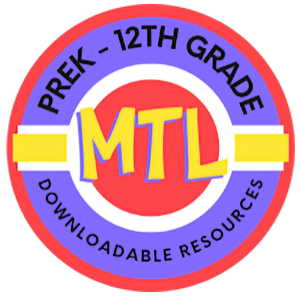

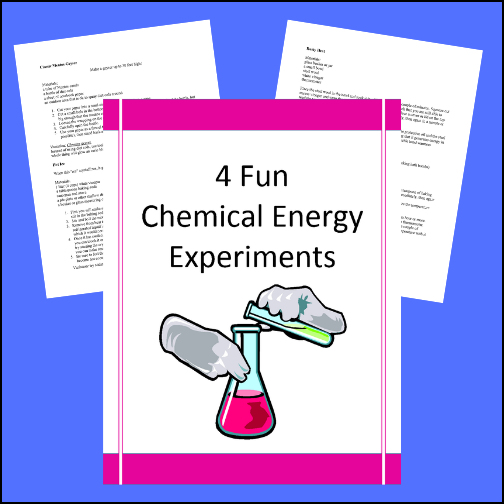
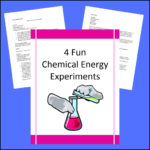
Reviews
There are no reviews yet.